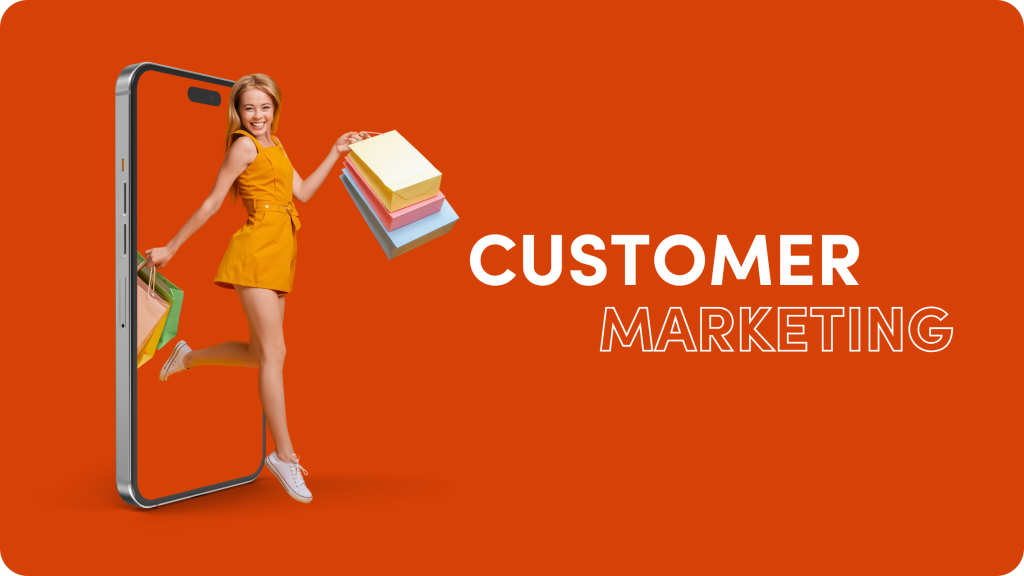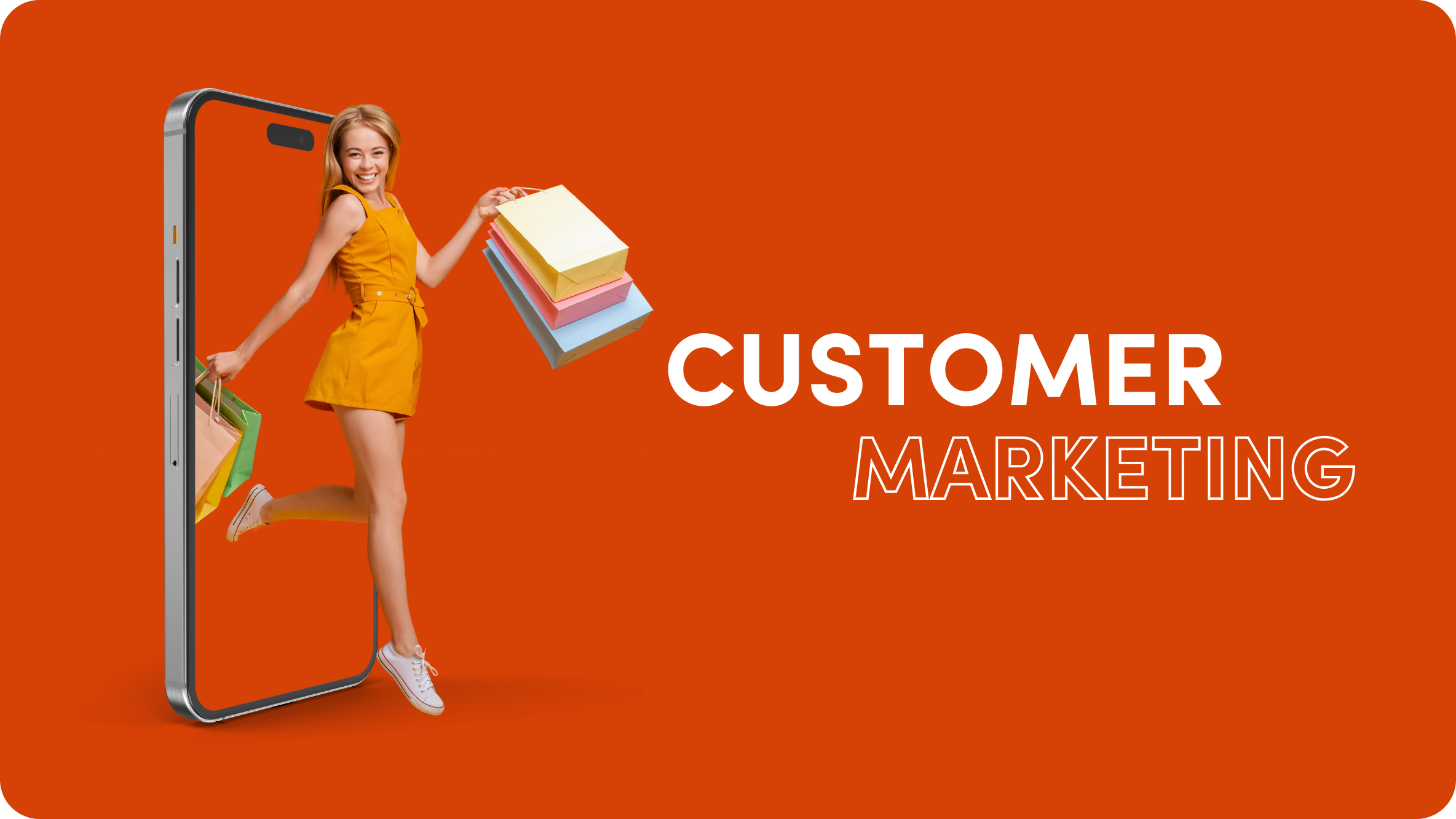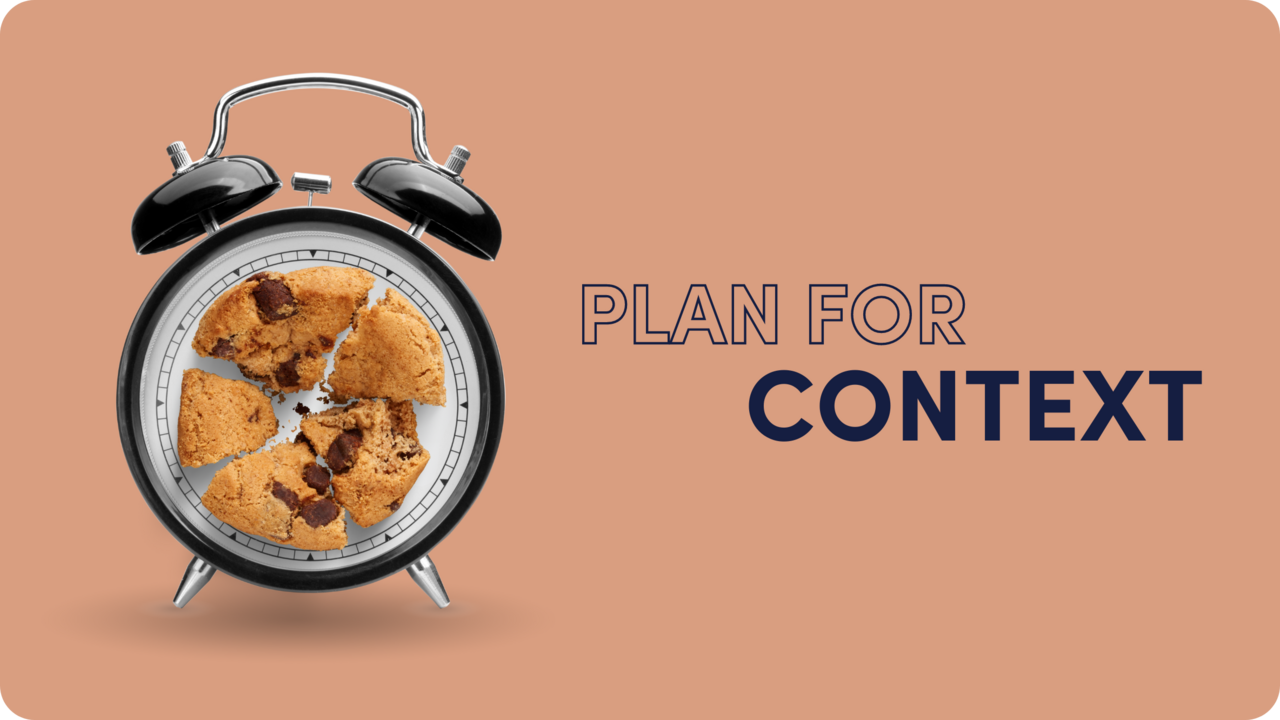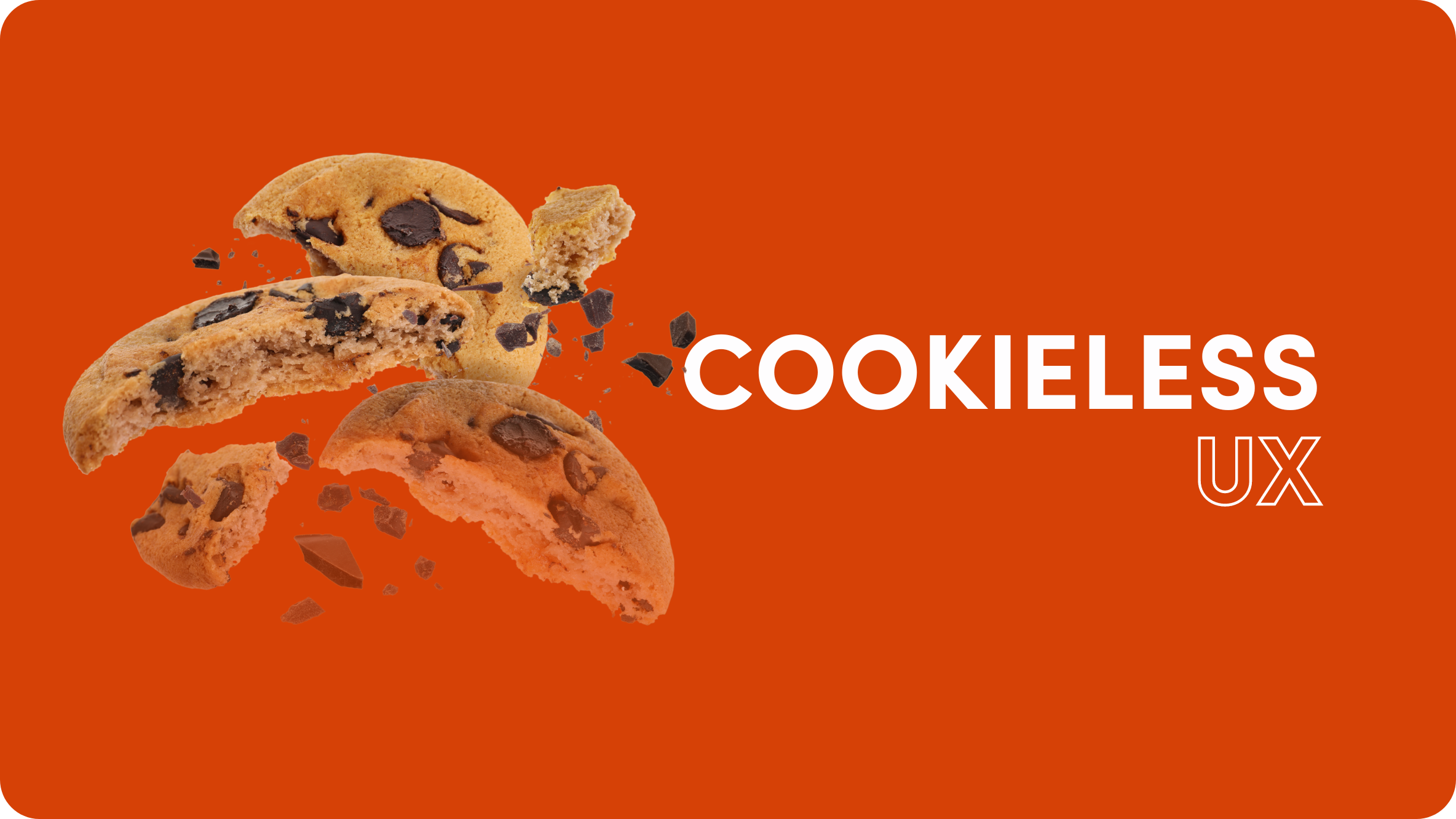The Art of B2B Customer Marketing: Building Long-Term Revenue and Business Growth

The main goal of marketing is to generate leads and acquire new customers, right?
Yes, but marketing is more than that. Marketing doesn’t stop just because the lead converted and is now a paying customer.
In fact, your current customers are your best source of future income. You already succeeded in bringing them on board. They already signed up and paid. Now is the time to do customer marketing, and convince your existing customers to come back and repeat their business with you. How? By building strong customer relationships that last over the long term.
What is Customer Marketing?
Customer marketing, also sometimes called retention marketing, is a strategy and set of activities that focus on engaging existing customers to enhance their loyalty and drive business growth.
Customer marketing allows businesses to build strong, long-lasting relationships with their customers, resulting in increased customer lifetime value, positive reviews, and organic growth.
Another goal of customer marketing is to reduce customer churn. By understanding and addressing customers’ needs, preferences, and pain points, businesses can increase customer satisfaction, prevent customers from dropping out, and help maintain a steady revenue stream.
Why Customer Marketing Matters
Repeat customers are loyal, and that loyalty translates to revenue. Existing customers spend about a third more than new customers, and their value increases along their entire “lifetime” with your business – as much as 10X the value of their first purchase. As the oft-cited statistic tells us, 80% of business comes from just 20% of the customer base. Most companies rely on a small subset of customers to generate the majority of revenue.
There are two main goals of customer marketing:
- Retention: Making sure customers stay as repeat customers.
- Growth: Increasing sales and revenue generated by existing customers.
Retention comes before growth. Focus on keeping your current customers happy, and growth will follow.
Retention: A Deeper Dive
Acquiring a new customer is more expensive than retaining an existing one. In fact, the longer a customer is retained, the more valuable they become to a business.
Source
Customer retention is crucial for the long-term success and growth of any business.
A strong focus on customer retention leads to increased customer loyalty, higher customer lifetime value, and reduced customer acquisition costs. Satisfied and loyal customers are more likely to make repeat purchases, refer others to the brand, and provide valuable feedback for improvement.
There are three top tactics that we focus on at Outbrain when it comes to customer retention: customer lifecycle marketing, content marketing, and email marketing. Let’s explore them each in turn:
1. Customer lifecycle marketing
Customer lifecycle marketing strategy involves mapping out the customers’ entire journey with your business and implementing specific tactics at selected stages.
It’s a strategic approach that focuses on managing and nurturing relationships with customers throughout their entire journey with a brand.
A good plan for customer lifestyle marketing will pinpoint when to reach out to certain customers and how. The main tactics of customer lifecycle marketing include:
Customer segmentation – Lifecycle stage
The first and one of the most important steps is understanding who your customers are, what they have in common, and how to divide them into segments based on similar criteria. The criteria should reflect the objective of the customer lifecycle.
For example, take the segment “new customers”. How does your business categorize a new customer? Those who visited your website for the first time? Those who created an account? Or those who made their first purchase? Make sure that the lifecycle definition is clear and the same across all company departments.
Lifecycles journey
The journey your customers take with your business is broken down into different “lifecycles”, defined according to the customer segments created in step one. Draw a map of your customer journey that begins the moment they interact with your business for the first time, and assign customer segments to each.
Take into consideration the migration across different lifecycles. How does each lifecycle interact with the others, and what are the criteria to move from one to the next?
For example, consider the customer who has already purchased from your business and is now segmented as part of the “new customer” lifecycle. When the customer decides to purchase again within a set time, they enter the next lifecycle stage: “regular customer”. The conditions for lifecycle migration from “new” to “regular” are based on the specified period and action (repeat purchase).
Defining customer lifecycles and the lifecycle journey allows you to create targeted and personalized marketing campaigns for each segment.
Content strategy
In each lifecycle, customers require different kinds of information and support. For example, during the “consideration” stage, when the customer is seriously considering making a purchase or engaging with a business, the key focus is “WHY”: why the customer should convert, why they should purchase the product or service, why is it beneficial to become a customer? The content strategy at this stage includes videos, demos, ebooks, success stories, and other content that can answer those questions.
After the conversion, the emphasis should be “HOW”: how we ensure that customers get the most satisfaction and value from their purchase. How can your business help the customer to succeed with your product? At this stage, educational content is the most valuable: explainer videos, new feature emails, guides, tips & tricks webinars, etc.
Creating quality content for each stage and making sure it reaches the customer at the right time is crucial for the customer’s decision-making and migration to the next lifecycle stage.
Customer support and engagement
Customers need to know that the support team has their back. That they are heard, understood, and taken care of.
At each lifecycle stage, the support that customers require is different and expressed in different ways: providing online resources, one-on-one calls with an account manager, or simply answering their questions in a timely and convenient way.
Engage with customers who need support via multiple channels, including emails, Zoom calls, social media, chat, and community forums. Make sure that you address customers’ requests quickly and clearly. Re-engage with inactive or lost customers through targeted campaigns aimed at bringing them back into the fold.
Feedback and surveys
What do your customers think about your business? How are their interactions with you? These are the most important questions in customer marketing.
Collect this vital feedback with customer satisfaction surveys (CSAT) to understand their needs and preferences better.
CSATs provide direct insights into how customers perceive your products, services, and overall brand experience. It helps you understand what aspects of your business are working well and where there is room for improvement.
In addition, CSATs help to identify customer pain points. Surveys allow you to pinpoint areas where customers might be facing challenges or frustrations. By identifying pain points, you can take targeted actions to address them, improving customer experience and loyalty.
2. Content marketing
Content marketing is a popular strategy for acquiring new customers, but it is equally important for customer marketing. Content that is informative, entertaining, and relevant to your customer base helps to enhance the authoritativeness of your brand, encourage interactions with your business, and increase the presence and significance of your business in your customers’ lives.
Develop a well-defined content strategy that aligns with your customers’ needs and interests. Understand the types of content that resonate with your customer base and create a content calendar to plan and organize your content creation and distribution strategy.
Here are the content marketing tactics that we find the most effective for our customer marketing efforts:
- Webinars: Webinars offer a platform to provide exclusive educational content, updates, and support to existing customers. They are an opportunity to interact directly with customers and create a sense of community and loyalty. Make sure to record your webinars so they can be accessed by customers in the future, increasing their value well beyond the duration of the live event.
- Video marketing: Create engaging video content such as educational videos, brand story videos, and demos. Videos offer a dynamic and visual way to showcase products, explain complex concepts, and share compelling stories.
- Blog: Maintain a blog on your website and publish informative, educational, and entertaining blog posts regularly. Use SEO best practices to optimize blog content for search engines and drive organic traffic. Existing customers searching for solutions to their pain points will be delighted to find your business listed at the top of search rankings, and are more likely to come back to you again.
- Success stories: Success stories and case studies provide compelling evidence of your company’s capabilities and the tangible value it delivers to customers. Success stories showcase real-world examples of the benefits of your product or service and can help you connect more deeply with current and potential customers.
- Guides, e-books, and whitepapers: These offer in-depth and valuable content, which is very helpful in making the case for your business or product. We recommend not using gated content for existing customers. Make it as easy as possible for them to access your content and strengthen their connection with your business.
💡Pro-tip: Content creation uses a lot of resources. Repurpose existing content for different formats to reach a broader audience. For example, turn a blog post into a video, infographic, or social media post. This generates more opportunities to engage customers with existing content, so you get more bang for your buck.
Remember that successful content marketing requires consistency, relevance, and a deep understanding of your target audience’s needs and preferences. Analyze the performance of your content regularly and adapt your tactics based on the insights you gather.
3. Email marketing
Email marketing is one of the most effective tactics for customer marketing. At Outbrain, it’s our main communication channel with existing clients.
Personalized emails, email promotions, and content-based emails are all useful for strengthening relationships with customers. The key to a successful email marketing campaign is to plan carefully, execute strategically, and provide subscribers with value.
Here are five best practices to ensure your email marketing stands out and engages your customers effectively:
- Personalization: Tailor your emails to suit the preferences and behaviors of individual customers. With marketing automation, you can set triggers to send emails based on customers’ touchpoints with your business. Use behavioral data, feature adoption, purchase history, and demographics to segment your audience and deliver personalized content. Examples of email personalization include: adding the customer’s name in the subject line or email greeting; using dynamic content to showcase images or text based on the customer’s behavioral data; and sending emails to your customer at the right time using the time optimization AI tool.
- Compelling subject lines: The subject line is the first thing your recipients see, and it is the main influence on whether they open the email or not. Craft personalized, engaging, and relevant subject lines that pique their curiosity, create a sense of urgency, or clearly convey the value of the email’s content. It’s not always easy, but try out subject lines with a bit of a twist. Some clever humor can go a long way with the right audience.
- Clear Call-to-Action (CTA): Clearly state the action you want your subscribers to take within the email. A well-defined call-to-action can drive higher conversion rates whether it’s to visit your website, make a purchase, or download content.
- A/B testing: Continuously test different elements of your emails, such as subject lines, CTAs, content, and design. A/B testing helps you identify what resonates best with your customers and allows you to refine your email marketing strategy for better performance over time.
- Optimize: Be data-driven. Use email performance data, such as open rates and click-through rates, to understand which email section and email copy drives the best results. Optimize your emails accordingly, and test again!
Bonus tip: Email automation rules!
Email automation enables businesses to set up automated workflows so emails are delivered automatically at the right time while maintaining personalized relevance for the recipients.
Implement email automation to deliver emails based on the customers’ interactions with your website or previous email campaigns. Automated emails, such as welcome emails, abandoned cart reminders, or birthday offers, can significantly enhance the customer experience and boost conversions.
Customer Marketing Never Stops…
When it comes to marketing, there is no rest for the weary! Just because someone signed up or clicked the buy button does not mean that your job is done. Customer marketing is about showing your best side to existing customers, so they become repeat customers and brand advocates who refer your business to their friends too.
With a strong customer marketing strategy, you are not only making customers happy so they stay as your customers. You are also building a foundation for customer loyalty and retention, which exponentially increases customer lifetime value and paves the way for continued business growth.










